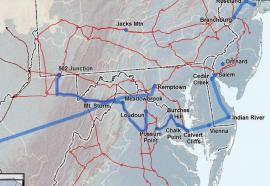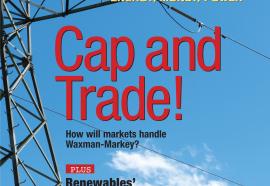Chicken-Egg Solution
Solar and wind developers learn to shift project risk to the grid.
As Google says, “the wind cries for transmission.” But the opposite is true as well: without new wind and solar energy projects, we would not need to build so many new transmission lines. Each side needs the other, yet neither dares declare too soon, and risk weakening its bargaining position. That is, until one utility in California found a way to break the impasse, with each side scratching the other’s back — thus putting to rest the age-old question, “Which came first, the . . . ?”










